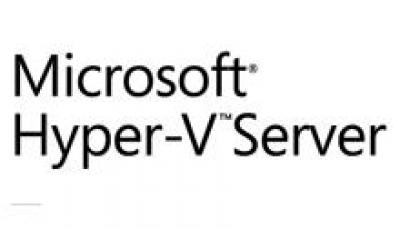Microsoft SC VMM 2008 Review – A Boost For Hyper V

Microsoft SC VMM 2008 adds the ability to migrate virtual machines. Cameron Sturdevant thinks it could be a step forward for Hyper-V virtualisation
This cross-platform support is still one of the most attractive features of SC VMM from an IT operations point of view. SC VMM actually proxies the desired action, such as VM startup/shutdown or VMotion calls to VMware’s management console and reports of status in the SC VMM administrative console.
Overall, the interaction between SC VMM and both versions of VMware’s management tools worked without a flaw in my tests. The end result was the centralised management of seven Intel Xeon 5500-based physical host systems running more than 20 virtual machines across both VMware and Microsoft Hyper-V environments.
Orchestration and configuration
As mentioned earlier, SC VMM can orchestrate the migration of virtual machines between physical hosts with similar but not identical processors. VMware also has this capability. In both cases, the hypervisor presents a processor to the virtual machine that represents the CPU capability of the lowest common denominator in the migration group. Neither product can yet migrate virtual machines to physical systems running processors from different manufacturers.
With SC VMM, a configuration check box comes up during VM creation that allows the system to move to physical hosts with similar physical processors. The primary consideration here is that IT managers must ensure that applications running on the VM don’t use instructions provided in a more advanced chip before enabling this feature.
Microsoft also added storage enhancements to SC VMM to accommodate changes in the way that VMs can now use CSV (clustered shared volumes) and for provisioning changes to speed up VM deployments.
These features – along with a variety of convenience features, including a library to store resources such as virtual machines, virtual hard drives and other profile settings for hardware and guest OS settings–make SC VMM a workable complement to the improved Hyper-V role in Windows Server 2008 R2.
Conclusion
Any organisation that goes beyond dabbling with Hyper-V should use System Center Virtual Machine Manager 2008 R2 to manage virtual resources in the Hyper-V component of Windows Server 2008 R2.
Technical Director Cameron Sturdevant can be reached at csturdevant@eweek.com.